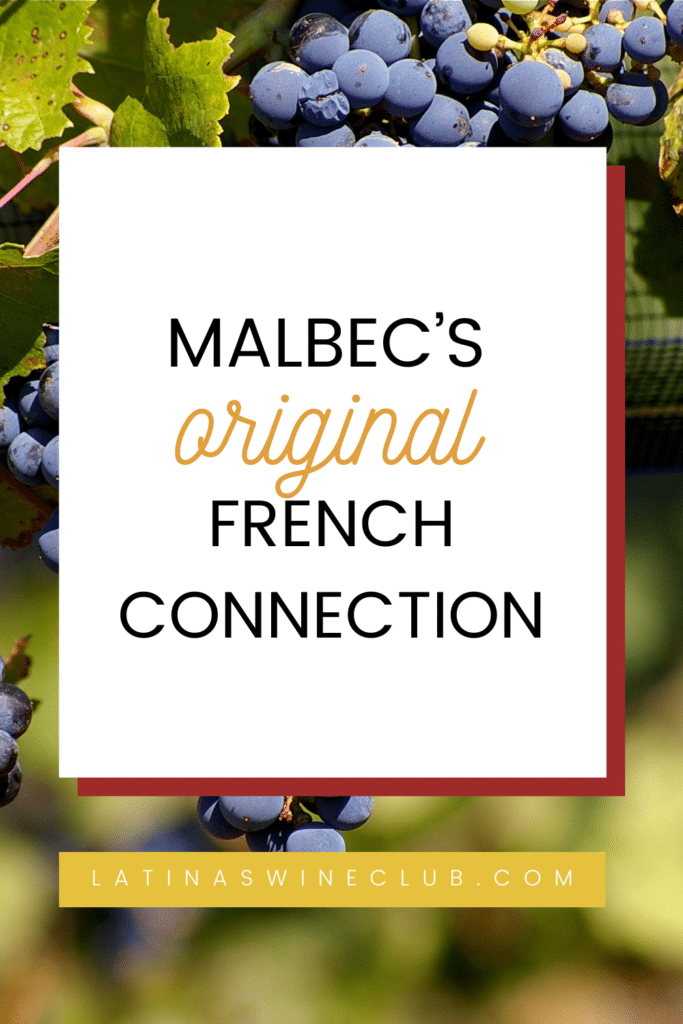Chances are any Malbec you’ve enjoyed has come from Argentina. With 70% of the world’s production of Malbec coming from this Andean country, it’s not surprising we associate this purple-hued wine with this South American wine powerhouse. But like most international varietals that have found their way to the New World, Malbec has its ancestral roots in France and continues present-day to produce exquisite wines reminiscent of its origins.
Bordeaux Beginnings
Malbec originally hails from France where it was one of the secondary grapes in Bordeaux blends. A sensitive varietal, it was notoriously hard to grow and was susceptible to rot and pests. After the phylloxera epidemic devastated France’s wine industry in the mid-1800’s, the grape was never fully re-planted. Further up the Garrone River, however, Malbec has thrived in the southwest Cahors appellation as moderating influence from the Atlantic provides ideal conditions. Malbec is called “Cot” in this region, and during the Middle Ages was often referred to as “black wine,” for its deep purple-ebony hue. The limestone soils of Cahors, translate into more acidic wines that are dark, tannic, and emanate blackberry and tobacco notes. Age-worthy and structured, these wines are elegant yet bold.
Argentina Ascension
Cuttings of Malbec were brought to Argentina in the 1880’s where the varietal over time has flourished. The Andes provide altitude and cooler air, which lengthens the ripening process and is essential to ensuring grapes develop enough acidity in this very sunny region. In addition, because of scarce rain and the threat of summer hail and “Zonda” gale wines, vines have to extend deep into the sand and clay soils. This allows for excellent drainage and prevention of rot that threatened harvests back in France. In its high-altitude home, most notably Mendoza, grapes are able to develop full, ripe, fruity characteristics, while still building acid to provide structure and balance out any jammy notes.
As we celebrate Malbec Day, let’s make an effort to explore the varietal’s ancestral roots and broaden our appreciation and knowledge of this Old World noble grape. We love Argentina’s expression of Malbec, but we love it even more when know its roots.

